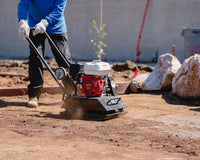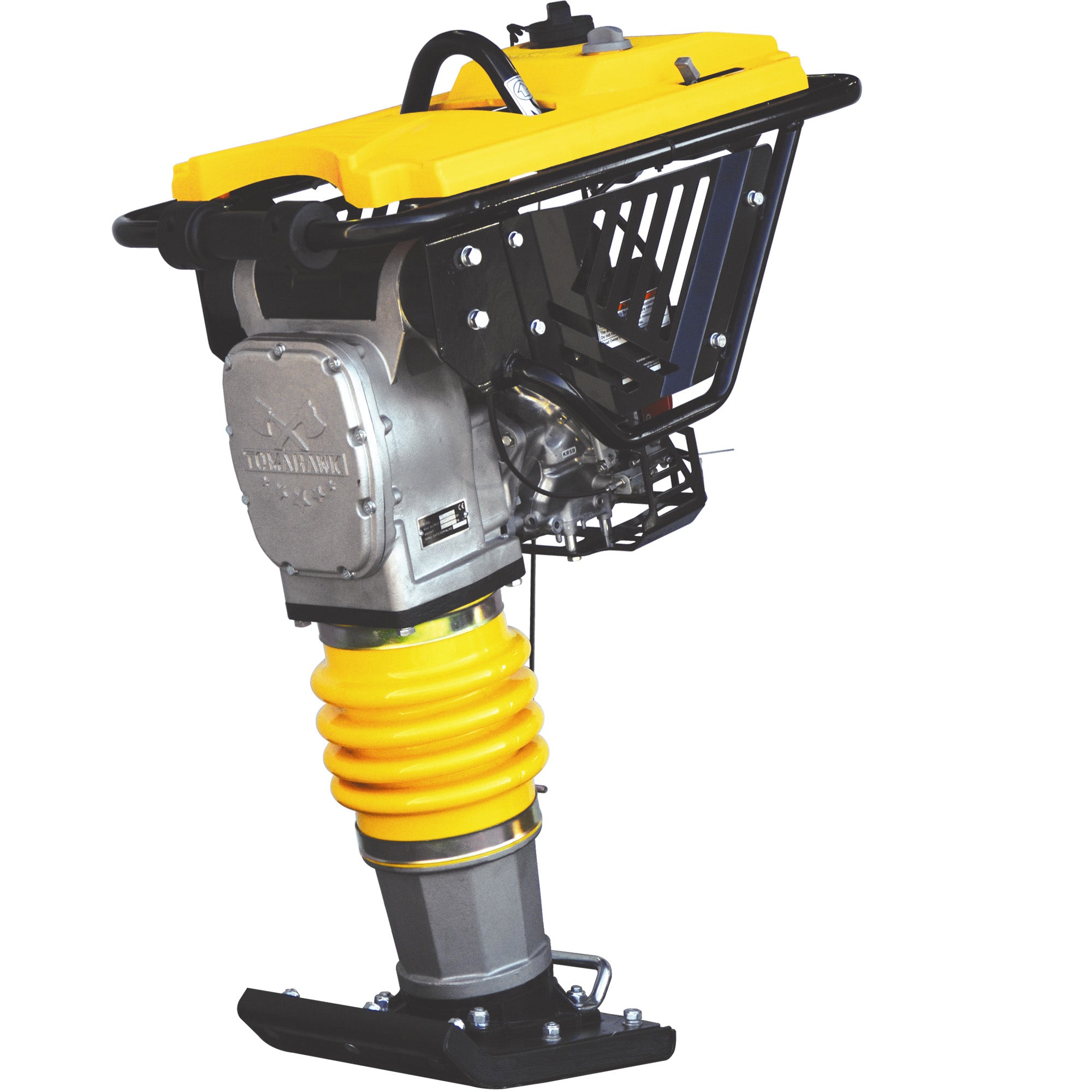Concrete mites, tiny arachnids found in damp environments, often raise concerns among homeowners. Are they just a nuisance, or do they pose a real threat to human health? Understanding these creatures and their behavior is essential for determining their potential impact.
What are Concrete Mites?
Concrete mites are tiny, red arachnids commonly found in moist areas like concrete slabs, foundations, and damp basements. They feed on algae, mold, and other organic materials.
Are Concrete Mites Harmful to Humans?
The answer may surprise you. While these mites are a common sight in damp environments, understanding their impact on human health requires a closer look.
Signs of a Concrete Mite Infestation
Concrete mites are most visible on warm, sunny days when they are active. You may notice small red or brown specks moving around on concrete surfaces or other damp areas in your home.
Preventing Concrete Mite Infestations
To minimize the presence of concrete mites, consider the following steps:
- Address Moisture Issues: Ensure proper drainage around your home and fix any leaks promptly.
- Maintain Ventilation: Proper ventilation in basements and other damp areas can help reduce moisture levels.
- Regular Cleaning: Keep concrete surfaces clean and free from organic materials that mites feed on.
Seeking Professional Advice
If you suspect a significant infestation or are experiencing severe allergic reactions, it's best to consult a professional pest control service. Professionals can assess the situation, confirm the presence of concrete mites, and recommend appropriate treatment options. They have access to specialized tools and treatments that can effectively manage and eradicate infestations, ensuring a healthier living environment.
Concrete mites are more of a nuisance than a health hazard. By addressing moisture problems and maintaining clean environments, you can effectively manage their presence.
Glossary
Concrete Mites - Tiny arachnids found in damp environments, known for their presence in concrete structures due to moisture.Acaridae - The family to which concrete mites belong, characterizing a group of mites that thrive in moist conditions.
Organic Matter - Material derived from living organisms; concrete mites feed on mold, fungi, and decay, which are forms of organic matter.
Dermatitis - A skin condition that may occur from contact with concrete mites, characterized by inflammation and irritation, although very rare.
Allergic Reactions - Uncommon but possible reactions to concrete mites, likely due to sensitivity to the mites' waste or shed skin.
Predaceous - Describes an organism that preys on other animals; concrete mites sometimes feed on other small insects or mites.
Pollen-Feeders - Refers to mites that consume pollen; some concrete mites start their season feeding on pollen before switching to a carnivorous diet.
Nuisance Pest - While generally not harmful, concrete mites can be bothersome, especially when they leave stains or come into direct contact with humans.
Pyrethroid Insecticide - A type of chemical used to control pests, including concrete mites, effective in managing their population in affected areas.
Parthenogenesis - A reproductive process where females produce offspring without male fertilization, noted in some related mite species but not directly mentioned for concrete mites in the blog.










